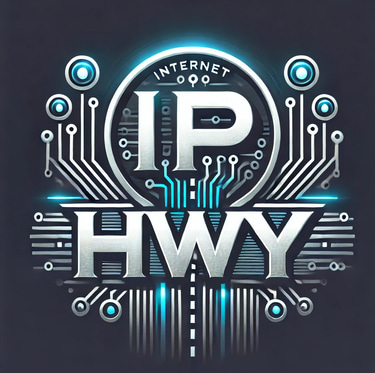Email Etiquette Isn’t Dead.. 7 Simple Habits That Still Matter in 2025
The Quiet Art of Email Thread Etiquette.. Why It Matters More Than You Think
Jim Leone
5/14/20252 min read
We all live in email. It’s the universal thread that connects us to coworkers, customers, vendors, and leadership. And yet, with how much time we spend in our inboxes, I’m surprised how often I see some of the most basic etiquette habits get overlooked, especially around how we manage threads and recipients.
One that’s recently rubbed me the wrong way: silently adding or removing people from email chains without any heads-up or acknowledgment.
1. Adding or Removing People Without Saying So
It might seem minor, but when you bring someone into a thread, or remove them, it’s good practice to let others know. Something as simple as: "Looping in John for visibility on this.""Removing Maria for now to continue this discussion offline."
It adds transparency, avoids confusion, and shows respect for everyone’s awareness. But this is just one of many habits that are quietly eroding good communication. So I wanted to share a quick list of email practices that, while seemingly small, make a big difference in professionalism, efficiency, and trust.
2. Overusing “Reply All”
Not everyone needs to see every response. If your reply isn’t relevant to the entire group, consider replying only to the sender or key participants. Reply All should serve a purpose, not just a habit.
3. Forgetting to Update the Subject Line When the Topic Changes
Ever been on a 15-email-long thread about “March Budget Review” that suddenly becomes a debate about software procurement? Update the subject line to reflect the new topic, it makes threads easier to search and follow.
4. Burying the Ask
We’ve all received long emails with no clear direction. If you’re asking for something, say it clearly in the first few lines. Try: “Action Required, Please review and approve by Friday.”Or“Quick Ask, Can you confirm the meeting time?”
5. Leaving Out Context
When forwarding an email or replying out of order, don’t assume the reader knows the background. Add a quick sentence: “For context, this is regarding the client escalation yesterday about server downtime.”
6. No Greeting, No Sign-Off
It’s not about being formal, it’s about being human. A quick “Hi,” “Thanks,” or “Appreciate your time” makes a message more approachable and respectful, even if it’s internal.
7. Delaying Responses Without Setting Expectations
If you’re swamped, it’s fine, but silence can breed frustration. A quick acknowledgment goes a long way: “Got this, I’ll get back to you by tomorrow.” This keeps things moving and helps others plan around your timeline.
We don’t need new software or automation to improve email, we just need better habits.
Email is still one of the most powerful tools we use. And a little etiquette shows a lot of respect. It builds trust, avoids miscommunication, and helps teams work more efficiently.
The IP HighWay
Stay updated with the latest IT security news.
info@iphwy.com
© 2025. IPHwy LLC. All rights reserved.



